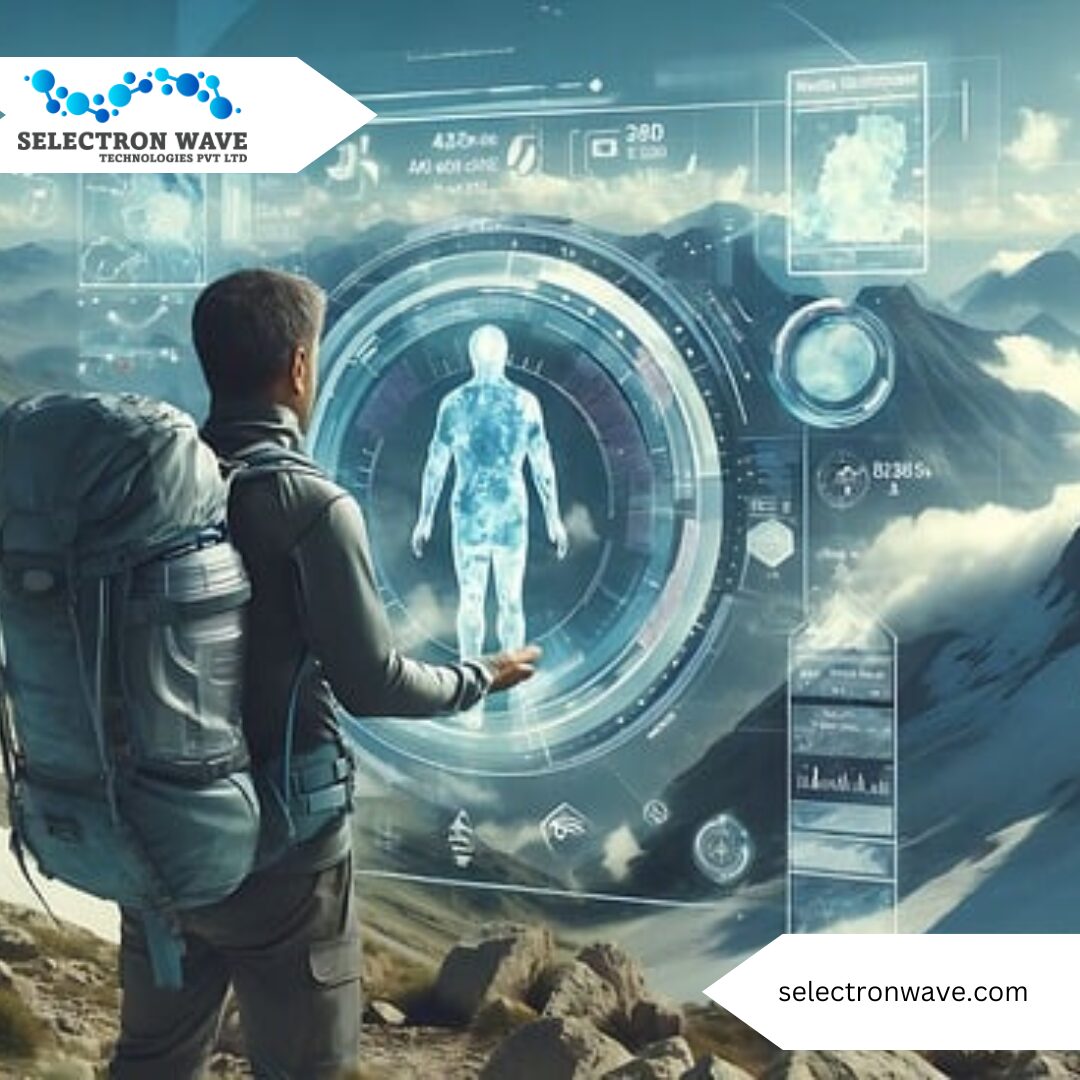Hologram Technology: The Future of Visual Communication
Introduction
Hologram technology has long been a staple of science fiction, but today, it’s becoming a tangible reality with applications across various industries. From entertainment to education, and healthcare to marketing, holography is revolutionizing the way we visualize and interact with information. In this blog, we’ll explore how hologram technology works, its applications, and what the future holds for this fascinating innovation.
How Hologram Technology Works
Holography is a technique that records and reconstructs light waves to create a three-dimensional image of an object. Unlike traditional photography, which captures a flat image, a hologram captures the depth, texture, and spatial relationships of the subject. Here’s a breakdown of how it works:
1. Recording the Hologram:
Laser Light: A coherent light source, usually a laser, is split into two beams. One beam, called the object beam, illuminates the object. The other, the reference beam, is directed straight to the recording medium.
Interference Pattern: The light waves reflected from the object interfere with the reference beam on the recording medium (like a photosensitive plate or digital sensor), creating a pattern that encodes the 3D information.
2. Reconstructing the Hologram:
Illumination: To view the hologram, it’s illuminated by a laser or even ordinary light. The recorded interference pattern diffracts the light, recreating the original light waves that interacted with the object.
3D Image: The viewer sees a three-dimensional image that appears to float in space, with depth and perspective, as if the object were really there.
Types of Holograms
Transmission Holograms: Viewed by shining a light source through the hologram. These offer high-quality images with depth and are often used in artistic and scientific applications.
Reflection Holograms: These can be viewed in ordinary light. They are commonly used for security purposes, such as on credit cards and ID badges.
Hybrid Holograms: Combine elements of both transmission and reflection holograms for specialized uses.
Applications of Hologram Technology
1. Entertainment and Media:
Concerts and Events*: Holographic performances, such as the revival of famous artists, have become a popular trend. These holograms can create life-like 3D projections, making performances feel as though the artist is physically present.
Movies and Gaming: Holography is being explored for immersive experiences in films and virtual reality games, where users can interact with 3D characters and environments.
2. Education:
Virtual Classrooms: Holograms can bring distant educators into the classroom, allowing for interactive learning experiences. Complex subjects, like anatomy or engineering, can be visualized in 3D, providing a deeper understanding.
3. Healthcare:
Medical Imaging: Holography is being used to create detailed 3D models of organs, tissues, and other body parts. Surgeons can study these models for better planning and precision during operations.
Telemedicine: Doctors can appear as holograms for consultations, allowing them to interact with patients and medical data in real-time, even from remote locations.
4. Marketing and Advertising:
Product Demos: Brands are using holograms to showcase products in 3D, providing customers with a more engaging and realistic experience.
Retail Displays: Holographic displays in stores attract attention and provide dynamic, interactive content that can change based on customer interactions.
5. Security:
Authentication: Holograms are widely used on banknotes, credit cards, and official documents to prevent counterfeiting. These holograms are difficult to replicate, providing a layer of security.
The Future of Hologram Technology
As hologram technology advances, its potential applications are expanding. We can expect to see more integration of holography in daily life, from augmented reality devices that project holographic information directly into our field of view to holographic communication systems that replace traditional video calls with 3D interactions.
Advancements in computing power, optics, and materials science will continue to drive the evolution of holography. The dream of fully immersive holographic environments, where digital and physical worlds blend seamlessly, may soon become a reality.
Conclusion
Hologram technology is a game-changer in visual communication, offering unique and powerful ways to present and interact with information. As it continues to evolve, we can expect to see its impact across various fields, transforming the way we experience the world. Whether for entertainment, education, healthcare, or security, the future of holography is bright and full of possibilities.
Are you interested in learning more about Hologram Technology?
Get in touch with us today.




